dislocated toe left untreated
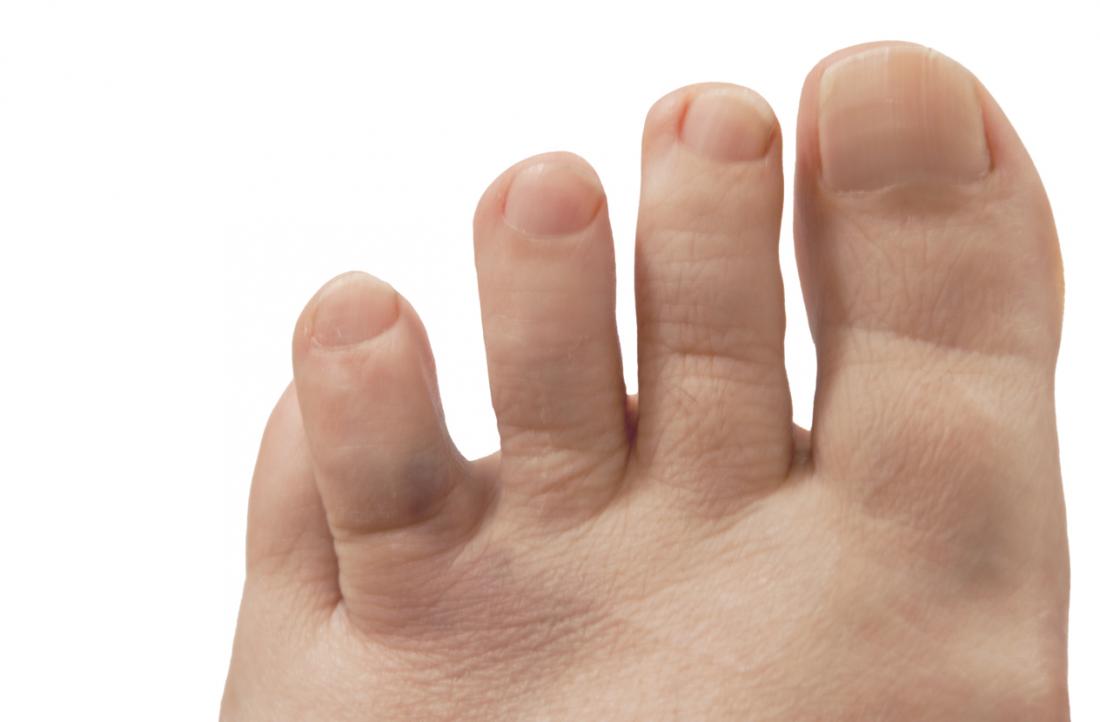 Broken toe: Symptoms, pictures, and treatment
Broken toe: Symptoms, pictures, and treatmentEverything you need to know about a Toe brokenInclude products that we believe are useful to our readers. If you buy through links on this page, we can win a small commission. Is it a sprain or a break? If you've ever shaken your hard finger, immediate and severe pain can let you wonder if your finger is broken. In many cases, the injury ends up being a sprain. This is painful, but it means that the bone itself remains intact. If the finger bone breaks in one or more pieces, then you have a broken finger. Learning to recognize the symptoms and treatment of a broken finger is important. If a broken finger is left untreated, it can lead to problems that can affect your ability to walk and run. A badly treated broken finger can also leave you in a lot of pain. The sore throat on the finger is the first sign that it can be broken. You can also hear the bone break at the time of the injury. A broken bone, also called a fracture, can also cause swelling in the breakage. If you have broken your toe, the skin near the injury may seem abrupt or temporarily change the color. You will also have difficulty putting any weight on your finger. Walking, or even standing, can be painful. A bad break can also remove the finger, which can cause it to rest in an unnatural angle. A stingy finger should not be loosed. He'll still swell, but he'll probably have less bruises. A sguince foot finger can be painful for several days, but it should start improving. Another key difference between a break and a sprain is the location of pain. Usually, a break will hurt right where the bone has broken. With a sprain, pain can be felt in a more general area around the toe. The only way to know if the injury is a breath or a sprain is to see your doctor. They can examine your finger and determine the type of injury. The two most common causes of a broken toe are nailing it into something hard or having something heavy on it. Going barefoot is an important risk factor, especially if you are walking in the dark or in an unknown environment. If you wear heavy objects without proper foot protection, such as thick boots, you are also at a higher risk of a broken finger. A broken finger can usually be diagnosed with the use of an X-ray. If pain and discoloration do not calm after a few days, you should definitely see your doctor. A broken finger that does not properly heal could lead to , a painful condition that causes chronic pain in one or more joints. Your doctor will examine your finger and ask for your medical history. Tell your doctor as many details as you can about your injury and symptoms. Be sure to tell your doctor if you notice a loss of feeling or tingling on your toe. This could be a sign of nerve damage. If there is a possibility that your toe will break, your doctor will likely want to get one or more X-rays from the injured toe finger. Getting images from different angles is important to understand the scope of the rupture. X-ray information will also help your doctor decide if surgery is needed. With most cases of broken finger, there is little your doctor can do. It's up to you to rest your finger and keep it stable. Even before you know if your finger is broken, you should cool the injured finger and keep it elevated. You can also take free analgesics such as acetaminophen (), ibuprofen (, ) or naproxen (). If you have surgery to repair your toe, your doctor may prescribe medications for the stronger pain. Spreading the toeThe physical treatment for a broken toe is called " Teddy Faucet". This involves taking the broken finger and carefully securing it to the finger along with it with . It is usually placed between the toes of the feet to prevent skin irritation. The unbroken finger is basically used as a spine to prevent the broken finger from moving too much. By touching his neighbor's broken finger, you give the wounded the support he needs to start healing. Additional surgery and treatment options The most severe interruptions may require additional treatment. If you have bone fragments on your finger that need to heal, the recording may not be enough. You may be advised to use a plaster walking. This helps keep your toe's unstable while also gives you enough support to reduce part of the pain you can have while walking. In very serious cases, surgery may be necessary to restore broken bone or bones. A surgeon may sometimes put a pin or screw on the bone to help you heal properly. These hardware parts will remain on your finger permanently. Your finger is likely to be tender and swollen, even after a few weeks. You may need to avoid running, playing sports or walking long distances for one to two months after your injury. Recovery time can be longer if rest is in one of the metatarsals. Metatarsals are the longest bones on the foot that connect to the phalanges, which are the smallest bones on the toes. Your doctor may give you a good estimate of recovery time based on the severity and location of your injury. A mild fracture, for example, should heal faster than a more severe rupture. With a walking plaster, you should be able to walk and resume most of the non-hard activities within one or two weeks after hurting your finger. Pain should gradually decrease if the bone is healing properly. If you feel any pain in your broken finger, stop the activity that is causing the pain and tell your doctor. The key to a good result is to follow your doctor's advice. Learn to record your finger correctly so you can change the tape regularly. Try to carefully press your broken finger every day to see how it is recovering. Take any slight improvement in pain and discomfort as signs that your injury is healing. Here are some things you can do to improve your recovery. Footwear You may temporarily need a larger or wider shoe to accommodate the swollen foot. Consider getting a shoe with a hard sole and a light top that puts less pressure on the injured finger, but still provide a lot of support. Velcro bras that can be easily adjusted can provide additional comfort. Ice and elevationContinue with ice and raise your foot if your doctor recommends it. Wrap the ice in a cloth so that it does not come in direct contact with your skin. Take it easy. Focus on your activities, but listen to your body. If you feel that you are putting too much weight or stress on your toe, back off. It is better to have a longer recovery and avoid any painful setbacks than to return to your activities too quickly. Last medical review on December 9, 2016Read this following

Sprained Big Toe vs. Broken Big Toe: Causes, Symptoms & How to Treat

The Little Toe That Could: Broken or Dislocated Toe - Triad Foot Center
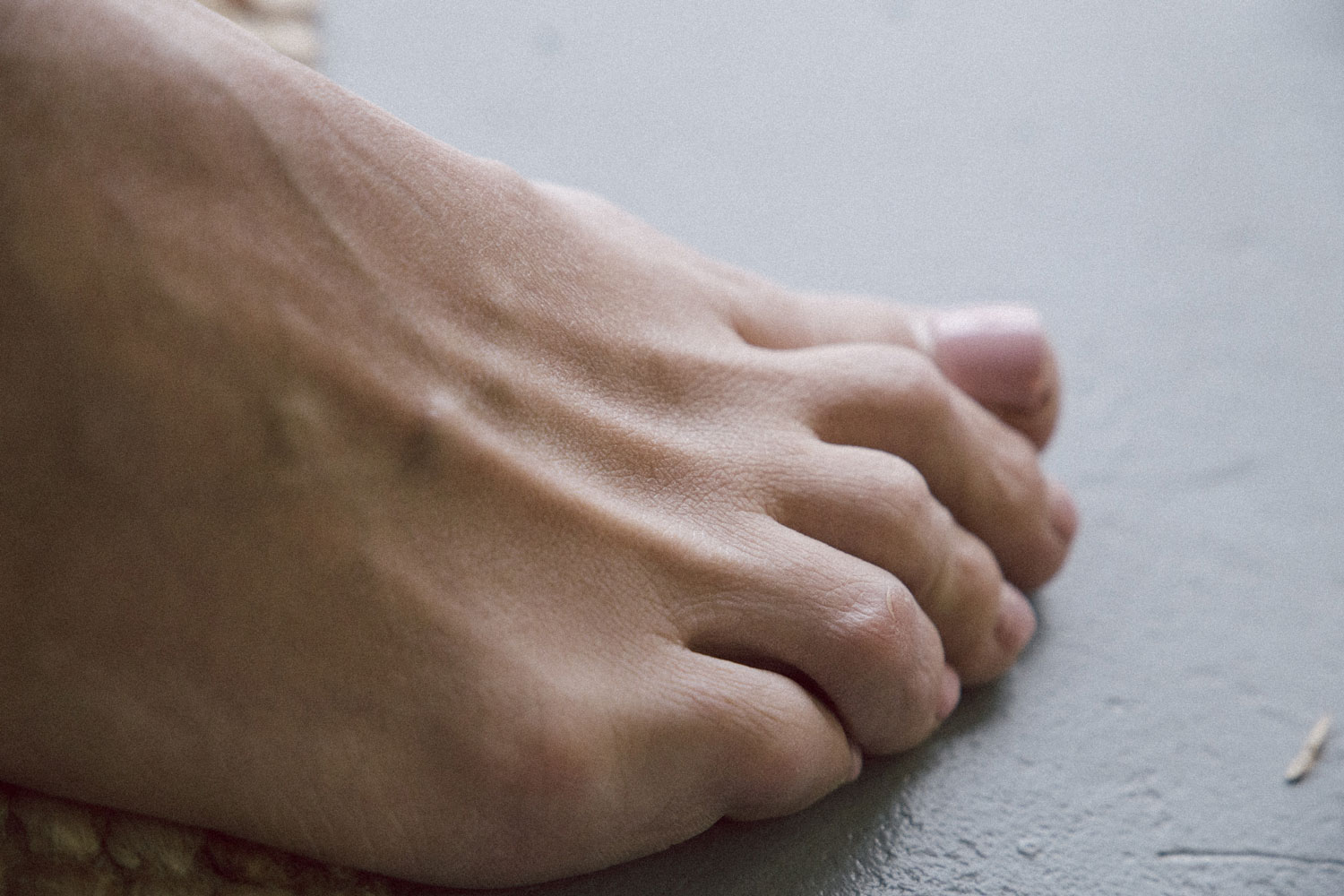
How To Fix A Dislocated Toe | Canyon Oaks Foot & Ankle | Visalia Podiatry

Dislocated Toe - Sportsinjuryclinic.net
Dislocated Toe? Here is Everything You Need to Know
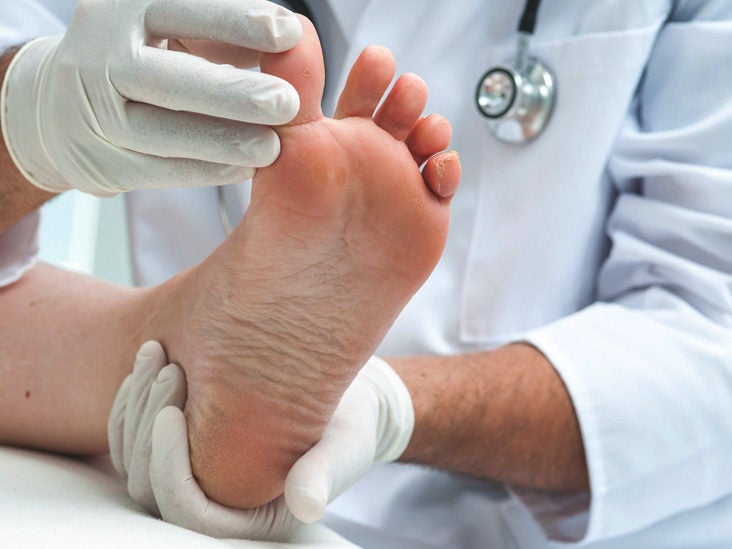
Dislocated Toe: What to Know and Do

4 Common Complications of Untreated Toe Fractures | Rocky Mountain Foot and Ankle

You Shouldn't Let A Broken Toe Heal On Its Own : Triad Foot & Ankle Center

Why Is It So Important to See a Specialist If You Have A Toe Injury: Podiatry Hotline Foot & Ankle: Foot and Ankle Specialists

Think You Have a Fractured Toe? Here's What Could Happen If You Don't Get It Checked Out: Podiatry Hotline Foot & Ankle: Foot and Ankle Specialists
Dislocated Toe? Here is Everything You Need to Know

Here's What Happens When you Don't Treat a Broken Toe - Superior Foot & Ankle Care Center
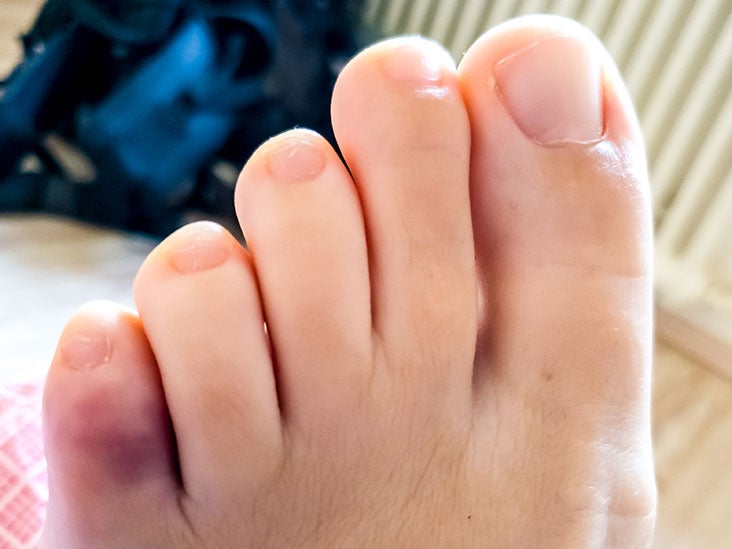
Broken pinky toe: Symptoms, treatment, and other conditions

Broken Toe: Symptoms, Recovery, and More

Metatarsalgia and dislocated toe deformities — Chelsea and Westminster Hospital NHS Foundation Trust

How to Fix a Dislocated Toe (at home) Treatment ?

Crooked Toes - The Complete Injury Guide - Vive Health
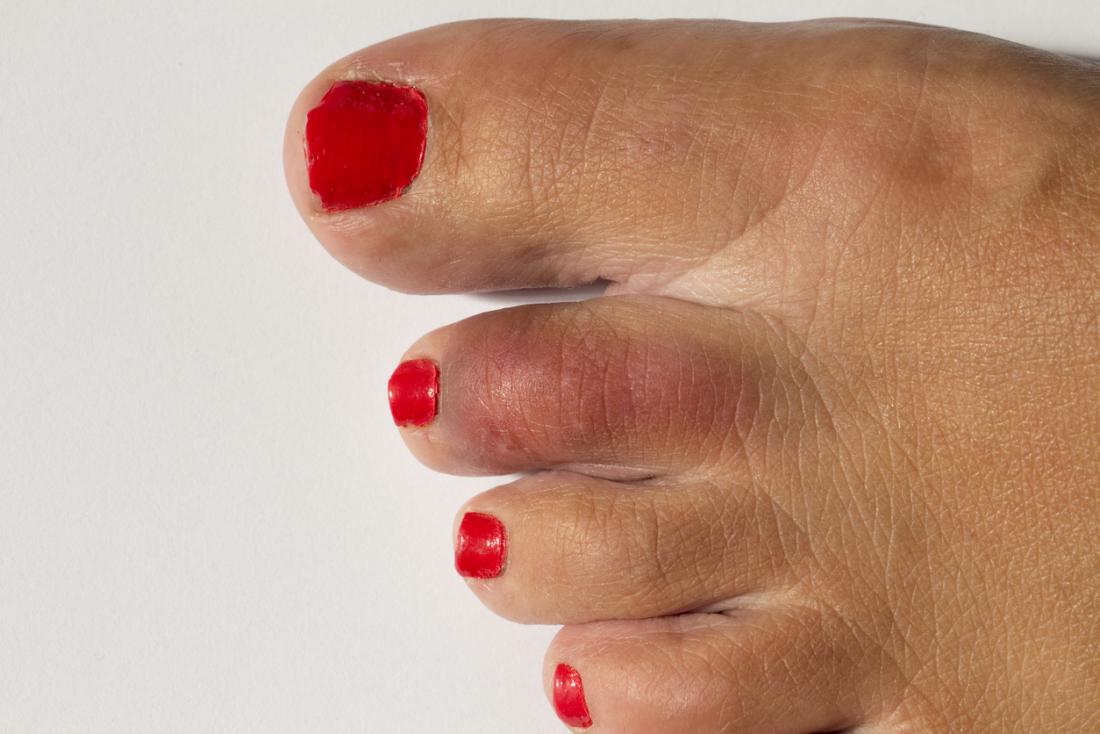
Broken toe: Symptoms, pictures, and treatment

How To Address Predislocation Syndrome Of Lesser MPJs | Podiatry Today

Dislocated Toe: What to Know and Do

Turf Toe|Causes|Symptoms|Treatment|Recovery Period
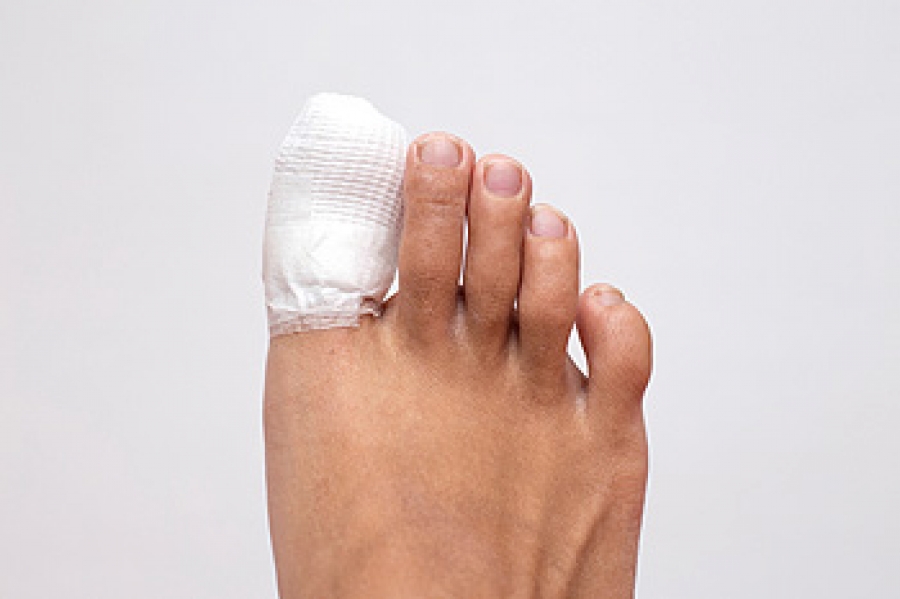
The Differences Between a Sprained Toe and a Broken Toe

Metatarsalgia and dislocated toe deformities — Chelsea and Westminster Hospital NHS Foundation Trust
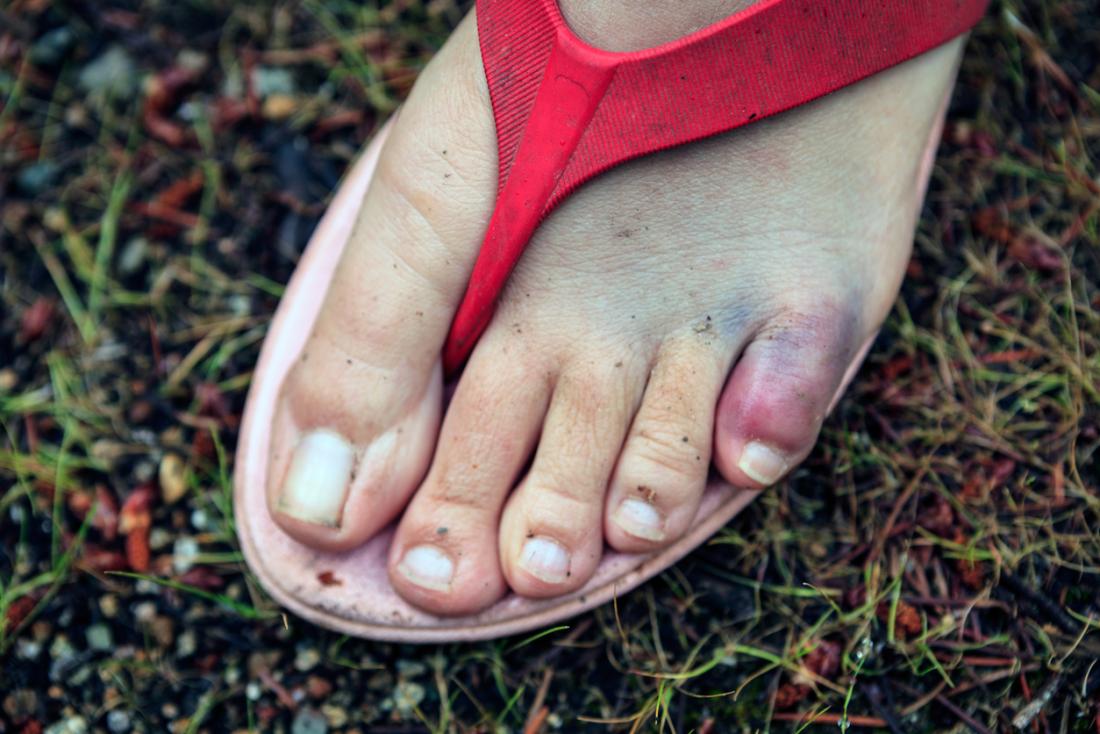
Broken toe: Symptoms, pictures, and treatment

Stubbed Toe: Symptoms, Treatment, and Prevention
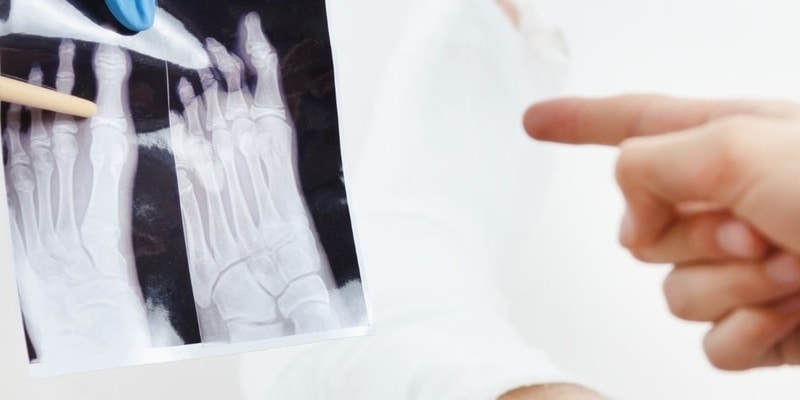
Sprained Big Toe vs. Broken Big Toe: Causes, Symptoms & How to Treat
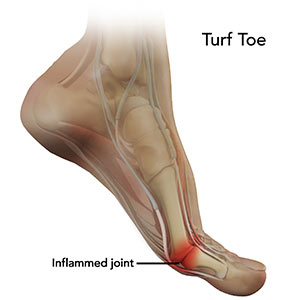
Turf Toe Pain & Injury Sydney, NSW | Turf Toe Fracture Randwick
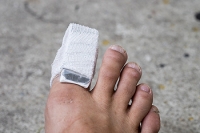
How a Broken Toe Can Affect Your Balance
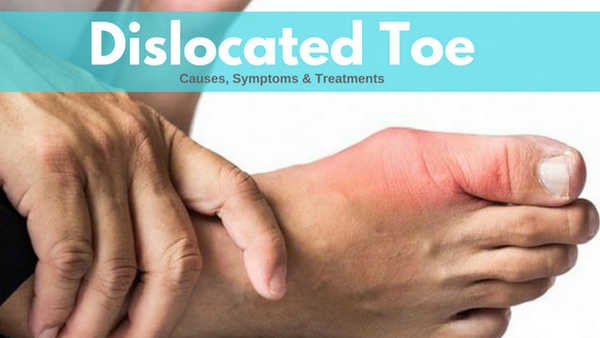
How to Fix a Dislocated Toe (at home) Treatment ?

Think You Have a Fractured Toe? Here's What Could Happen If You Don't Get It Checked Out: Podiatry Hotline Foot & Ankle: Foot and Ankle Specialists

What Can Happen to an Untreated Broken Toe?

Broken Toe 101 - Symptoms & Treatments | Advanced Foot & Ankle
![The Best Turf Toe Exercises – [𝗣]𝗥𝗲𝗵𝗮𝗯 The Best Turf Toe Exercises – [𝗣]𝗥𝗲𝗵𝗮𝗯](https://i0.wp.com/theprehabguys.com/wp-content/uploads/2019/12/Turf-Toe-Rehab-INSTAGRAM-scaled.jpg?fit=2560%2C2560&ssl=1)
The Best Turf Toe Exercises – [𝗣]𝗥𝗲𝗵𝗮𝗯
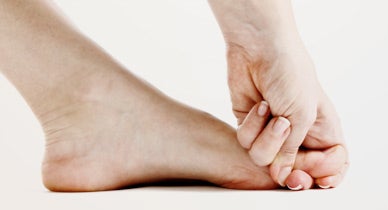
Broken Toe: Symptoms, Recovery, and More

How to Tell if Your Toe is Broken - New Mexico Orthopaedic Associates, P.C
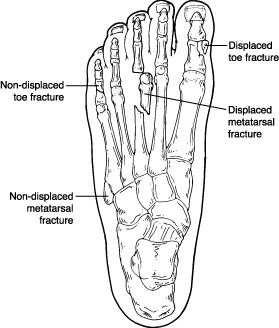
Toe and Metatarsal Fractures (Broken Toes) - Foot Health Facts

Nothing they can do about a broken toe is there. **pic** not very pretty. | Mumsnet
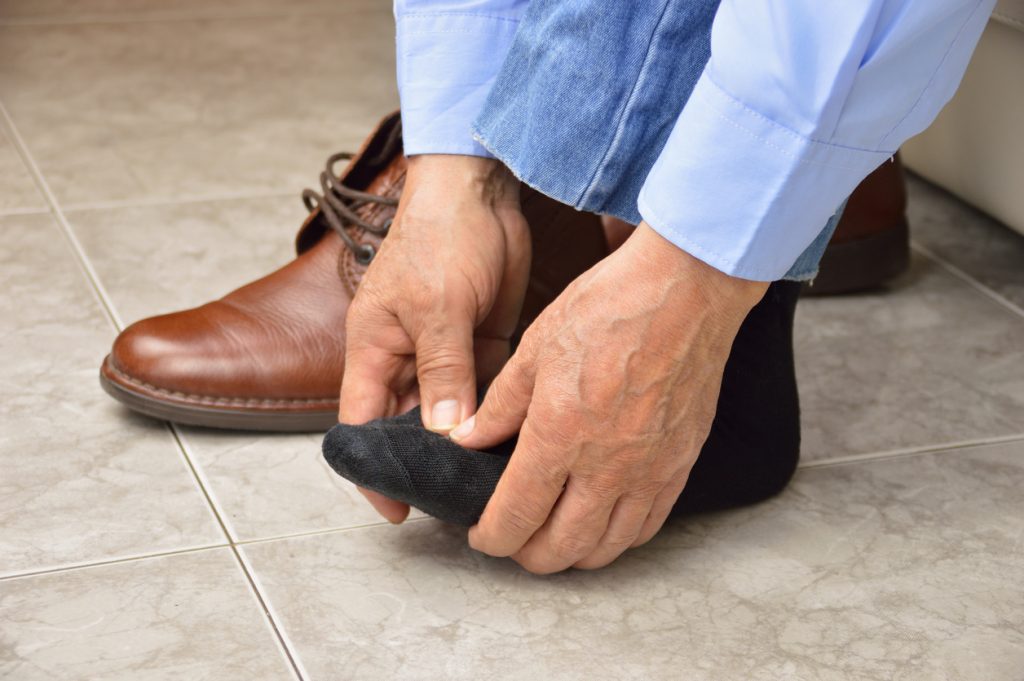
Sprained Big Toe vs. Broken Big Toe: Causes, Symptoms & How to Treat

Toe and Metatarsal Fractures | Dr. Philip Radovic Irvine Podiatrist

Foot Infection Symptoms & Treatment Options | Advanced Foot & Ankle
Posting Komentar untuk "dislocated toe left untreated"